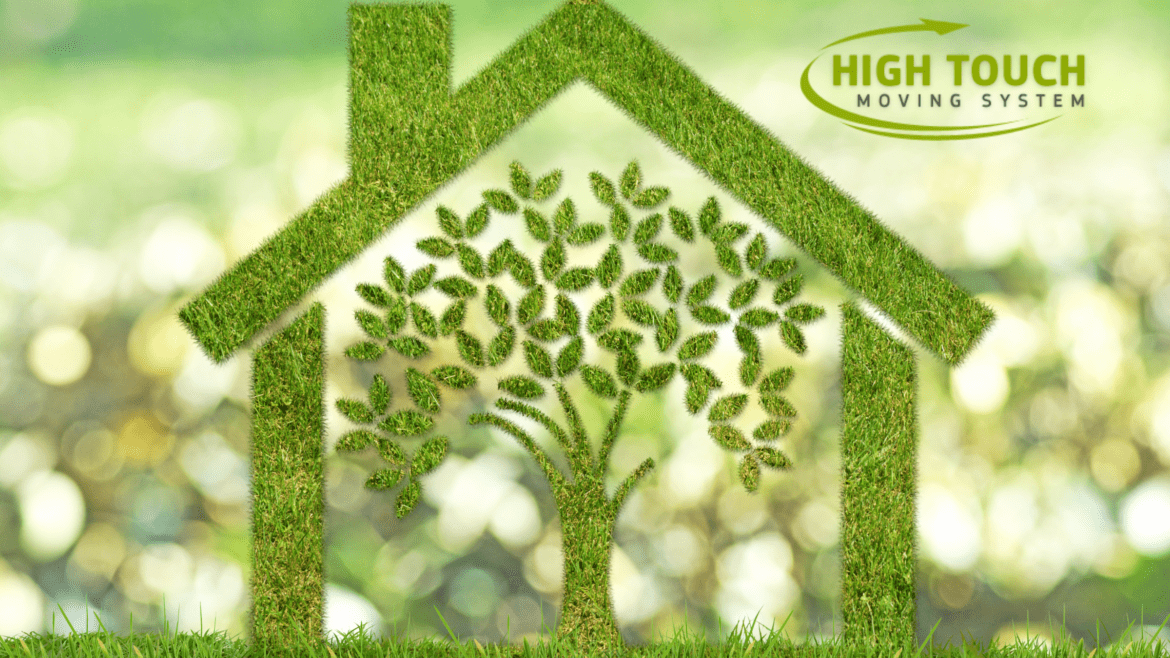How to be Green at Home
People and waste go hand in hand. Under the sink we stuff plastic grocery bags; sometimes we forget the toaster is on; the toilet uses 8 gallons per flush and the lights inside the house are endless energy suckers. Bringing a halt to these ways of waste is very important for the local and global environment, as well as your financial purposes. We played with a few ideas to be green at home. A few of these suggestions may be helpful whether you’re an old homeowner or a new one. Either way, everyone benefits. Let’s take a look.
Bucket Trick
Water waste is a substantial issue and concern for the modern world. To do your share in conserving water try this clever test to see how much you can save on your next water bill. Take a one-gallon bucket and direct the water flow of your shower head into the bucket. If the bucket fills in less than 20 seconds, chances are you’re wasting a substantial amount of water to wash off. Now, we are all into taking a nice shower, but likely you can have the same hot shower with a better more efficient stream. Purchasing an efficient showerhead can save you big, upwards of $175 annually. Think inside the bucket.
Pop in toilet
If you don’t want to pull out your big porcelain toilet and replace it with a new eco-bowl, fill a liter soda bottle with water and put it in your toilet’s tank. Be sure to not knock anything around, or disrupt the flapper so that the toilet flushes when the handle is used. The water level will quickly increase the float to its leveling point. This way you will use less water per flush.
CFL Bulbs
CFL bulbs can limit light energy consumption by 66%. Not only will you be saving energy and money, but you will be saving bulbs. CFL bulbs can last up to 10 years longer than normal bulbs. Plus, who likes replacing lightbulbs every few months? A CFL investment is a good idea.
Sleep Less
People think that their computers are energy efficient when they are sleeping, but they are still sucking up energy when they are plugged in. Preserve all aspects of that device and save on your bill by shutting them down. Today it takes less than a minute for a computer to turn on and start-up.
Your own water bottle
Men are supposed to drink 13 cups of water a day. Women are supposed to drink about 9 (Mayo Clinic). If both sexes were to drink this amount of water from “disposable” plastic water bottles, then our total water bottle waste would be crippling. Invest in a home water filter or a tank where you can fill your own bottles. Check out some of these to make a difference in your daily water consumption.
BYOB
Bring your own bag. Yes, we mentioned it earlier. But, it’s important. Each year the USA goes through around 30 billion plastic bags and 10 billion paper bags. Let’s cut these numbers. We don’t need this plastic if we replace it with a little mental acumen.
Recycle your electronics
The average American may go through 10-50 cellular devices in their lifetime. Computers range a little less, as well as some other electronics but that’s quite a few pieces of eventual junk. Recycling electronics is a 70 billion-dollar industry. If you do the right thing, you may be able to cash in on old metal as well as help the environment process these materials in the right way.
Get Local
Local farmers have you in mind. The less distance your food has to travel from the farm to the table the better for you and the better for the environment. Not only will you be supporting a local ecosystem, but that ecosystem will replenish you with fresher ingredients than you could have purchased at the store. In this process, you’ll be cutting down everyone’s carbon footprint and while eating at home you’ll know exactly what’s going into your diet and meal. Seems sensibly green to us.
Energy Star
A household with Energy Star products saves about 30% more energy than households that do not. Annually this can save you nearly $600 on your bills (EPA). $600 is a nice bit of extra cash.
Native plants
Native plants in your area usually cost less to maintain and are naturally at being resilient to pests and weather fluctuations. Watering lawns and plants not native often require a lot of upkeep. This upkeep tends to resemble a big money sign. Keep this cost down by understanding your environment a little better. In the meantime, you’ll bring the native birds, critters, and animals home. This will make your living experience that much more beautiful and natural.
Keeping your home green benefits you, your neighbors, and in some aspects the world at large. Doing your part also teaches other generations the importance of waste management and responsibility. If some of these tips seem doable to you give them a try. Every little bit helps. Thanks for being green at home!

1 Comment